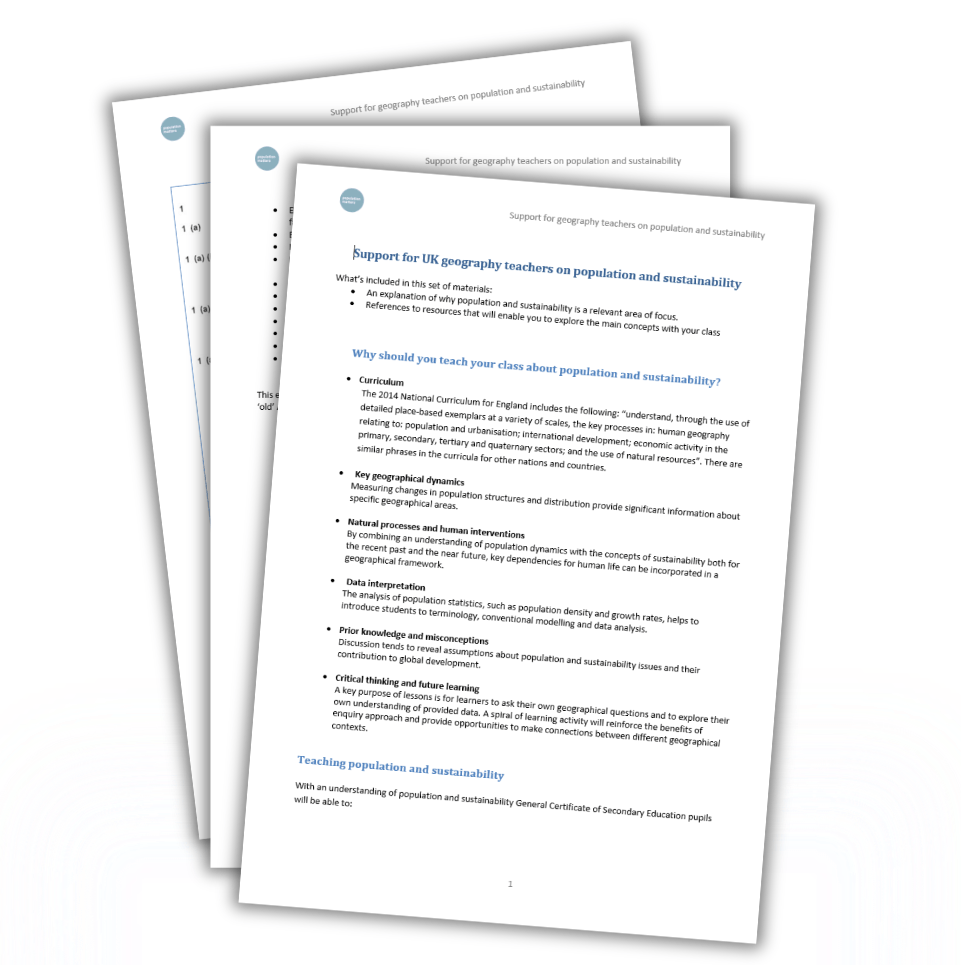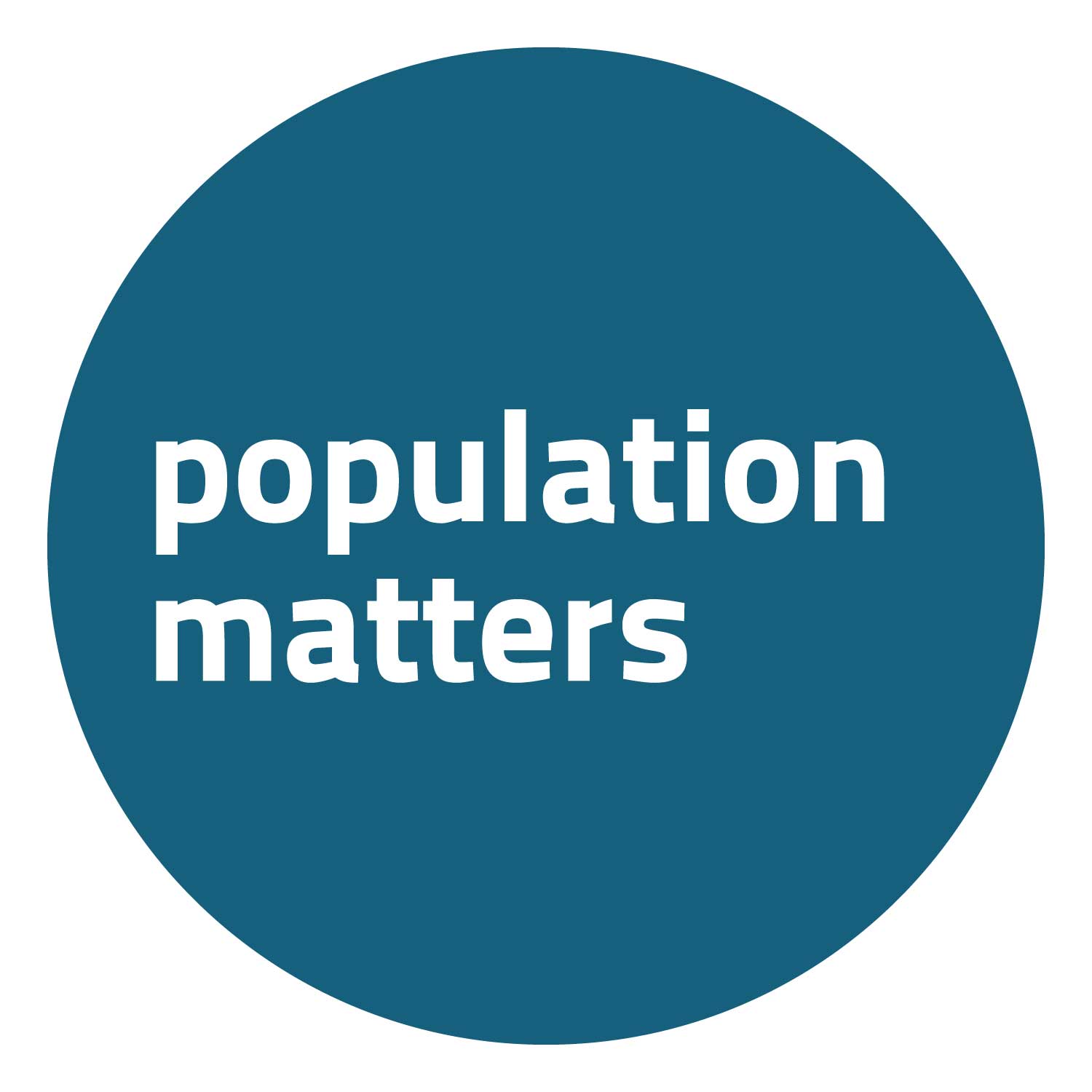A six-page document for geography teachers that contains a rationale for teaching the topics of population and sustainability, selected key learning objectives and a listing of useful resources from other organisations.
With an understanding of population and sustainability, GCSE pupils will be able to:
- Explain the difference between population density and population distribution and list some factors that affect density.
- Explain key terms such as birth rate, death rate and natural increase.
- Interpret the Demographic Transition Model.
- Interpret population structures/pyramids and compare the main features of developing with developed countries.
- Describe and explain policies used by a developing country to manage overpopulation.
- Consider the issues of an ageing population.
- Describe different types of migration.
- Be aware of the push and pull factors which influence migration.
- Explain how population increase and an ageing population affect sustainability.
- Explain how population growth can affect natural resources.
- Explain how population growth can affect the economy.
- A brief description of its contents, if made up of multiple documents
Population Matters is a membership charity that addresses population size and its effect on environmental sustainability. We see population growth as a major contributor to environmental degradation, resource depletion and other problems.
To address these, we conduct research, inform the public and advocate improved family planning and better sex education, which yield smaller and thus more sustainable families. For more information, visit www.populationmatters.org or follow @PopnMatters.














